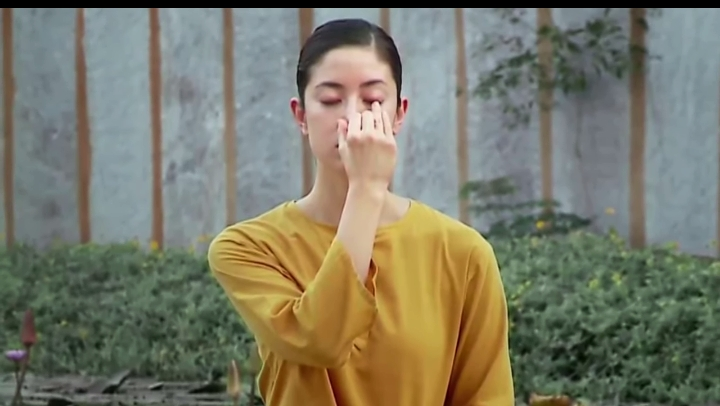4 pranayama for students : pranayama
Pranayama is the practice of regulating the breath in yoga. There are many different types of pranayama, each with its own unique benefits.
Here are some of the most commonly practiced pranayamas and their benefits:
1. Ujjayi Pranayama: This pranayama is also known as "victorious breath" and is often used in ashtanga yoga.
To Perform:
To perform ujjayi pranayama, inhale deeply through your nose and then exhale slowly through your mouth, making a "ha" sound. As you exhale, constrict the muscles in the back of your throat to create a gentle hissing sound.
Benefits:
Benefits of ujjayi pranayama include calming the mind, improving concentration, and reducing stress and anxiety.
2. Nadi Shodhana Pranayama: This pranayama is also called "alternate nostril breathing" and is used to balance the flow of prana (energy) in the body.
To Perform:
To perform nadi shodhana pranayama, sit in a comfortable position and place your left hand on your left knee. Bring your right hand up to your nose and use your thumb to close your right nostril. Inhale through your left nostril and then close it with your ring finger. Release your thumb and exhale through your right nostril. Inhale through your right nostril, close it with your thumb, and release your ring finger to exhale through your left nostril. This is one cycle.
Benefits:
Benefits of nadi shodhana pranayama include reducing stress and anxiety, improving lung function, and promoting a sense of calm and relaxation.
3. Kapalabhati Pranayama: This pranayama is also known as "skull-shining breath" and is used to purify the body and energize the mind.
To Perform:
To perform kapalabhati pranayama, sit in a comfortable position with your hands resting on your knees. Take a deep breath in and then exhale forcefully through your nose, pulling your belly in towards your spine. Release your belly and allow the inhale to happen naturally. Repeat this cycle for several rounds.
Benefits:
Benefits of kapalabhati pranayama include improving digestion, increasing energy and vitality, and reducing stress and anxiety.
4. Bhramari Pranayama: This pranayama is also called "bee breath" and is used to calm the mind and reduce stress and anxiety.
To Perform:
To perform bhramari pranayama, sit in a comfortable position and close your eyes. Take a deep breath in and then exhale slowly, making a humming sound like a bee. Keep your lips gently closed and let the sound vibrate in your throat. Repeat for several rounds.
Benefits:
Benefits of bhramari pranayama include reducing stress and anxiety, promoting a sense of calm and relaxation, and improving focus and concentration.
It is important to remember that pranayama should be practiced under the guidance of a qualified yoga teacher, especially if you are new to the practice. It is also important to listen to your body and not force any breaths that feel uncomfortable.







0 टिप्पणियाँ